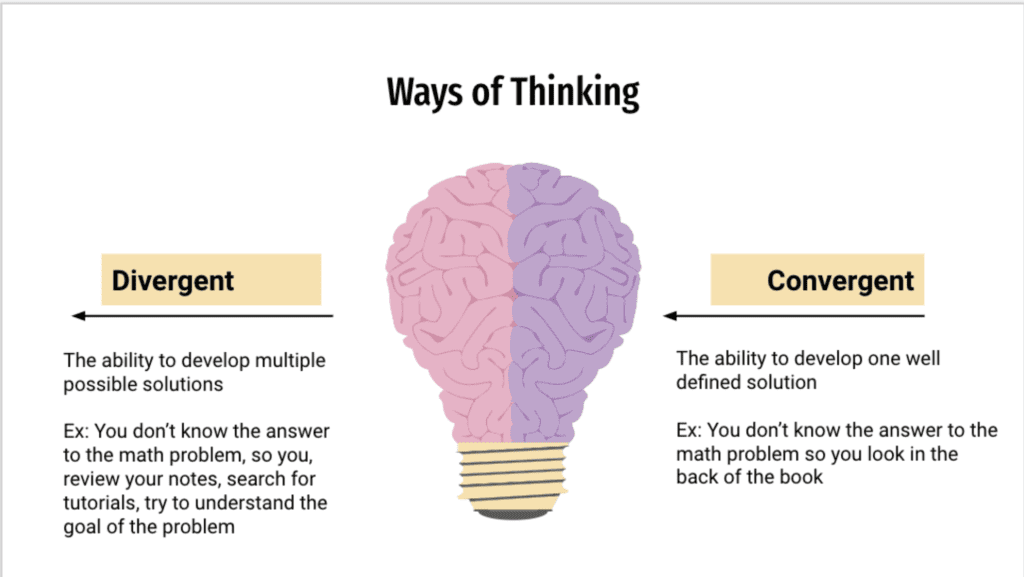Reading List: Creativity
Inspired
Understanding Creativty
By: Matt Richtel
The level at which you’ll enjoy/learn from this book is likely going to depend on how much reading you’ve already done on the subject of creativity. Since my master’s degree focused on creative thought development, much of this book felt more like a review, as I’ve already read work by the many other authors referenced. That being said, I still enjoyed reading it.
“…creativity should not be seen, on its face, as good or evil. It is a process. The results are subjective.”p. 43
As much other research shows, the book highlights that while most will say that they like creative people and creative ideas, subconscious responses reveal that most of the time, that’s not true. Going as far as revealing studies that demonstrate that on a subconscious level, people associate creativity with vomit. Richtel also discusses how people, especially those that have a low tolerance for creativity, also have trouble identifying it.
Richtel references the work of Mihalyi Csikszentmihalyi ( who wrote a lot on the topic of creativity and flow).
Mihalyi Csikszentmihalyi discusses creativity on two levels. Big C and Little c. Big C creativity is defined as leading to changing domains, changing entire ways of life, and is accepted and acknowledged by a relevant field. Little c, that’s where Csikszentmihalyi would say that most of us fall, is connected to day-to-day life, and activities such as finding the fastest way to a destination using side streets.
Ritchel takes the idea of Big and little C creativity and expands by adding a few other, much-needed levels.
Key terms that you’ll encounter, or at least should encounter, whenever studying creativity. Richtel defines divergent and convergent thinking as follows:
Divergent thinking: is nonlinear thinking, may be viewed as”in-correct”. Divergent thinking is risky and requires resources
Convergent thinking: ideas that conform, or are “correct”
However, I like to move away from what is correct or incorrect and look at how and when these types of thinking are helpful. Creative thinking requires BOTH. You need to first practice divergent thinking and generate many solutions, then move to convergent thinking where you narrow things down and develop one solution.

Other books about creativity:
Flow and the Psychology of Discovery and Intention: M Csikszentmihalyi
The Arts and the Creation of Mind: Elliot Eisner
The Intelligent Eye: Learning to Think by Looking at Art: David Perkins
Putting the Arts in the Picture: Redmond and N. Rabkin
Out of our Minds; Learning to Be Creative: Ken Robinson
The Element: Ken Robinson
Awakening Genius in the Classroom: Thomas Armstrong
Arts with the Brain in Mind: Eric Jensen
Handbook of Creativity: Robert Sternberg
Adolescent Creativity: Some Problems and Answers: Fred Schab
Insights of Genius: Imagery and Creativity in Science and Art: Arthur Miller
Imagine: How Creativity Works: Jonah Lehrer
The Art of Critical Making: Wiley